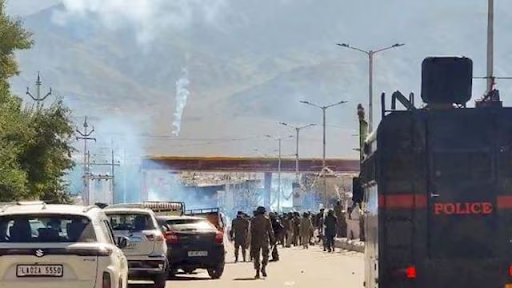



The PM Vidyalaxmi Scheme offers collateral-free education loans with subsidies for EWS students. However, technical glitches in public sector banks—like login issues and data migration failures—have stalled 76% of applications. With only 2,963 submissions so far, the Finance Ministry urged banks to boost awareness and fix implementation delays.

Copyright infringement not intended
Public sector banks highlight technical issues hindering the PM Vidyalaxmi education loan scheme's effectiveness.
It is a Central Government initiative announced in 2024, as Central Sector Scheme, to help students pay for higher education.
Students who get into one of India’s top 860 Quality Higher Educational Institutions (QHEIs)—think IITs, IIMs, or top universities—can apply.
The loans are collateral-free and guarantor-free, and the government provides a 75% credit guarantee for loans up to ₹7.5 lakh. For economically weaker sections (EWS) with family income below ₹8 lakh, there’s also a 3% interest subsidy during the moratorium period (while they’re studying).
The scheme aims to support 22 lakh students, ensuring money doesn’t stop them from studying.
Public sector banks (PSBs) are facing technical glitches that make it hard to process loan applications.
These issues hinder banks and delay loans, meaning students can’t get funds to start or continue their studies.
Recently, the Finance Ministry asked PSBs to run awareness campaigns because the scheme isn’t getting enough applications—only 2,963 so far, which is small compared to the goal of helping 22 lakh students.
Must Read Articles:
Source:
|
PRACTICE QUESTION Q. Analyze the role of decentralized governance in the effective implementation of schemes. How can local bodies be empowered further? 150 words |






© 2025 iasgyan. All right reserved